October 23, 2019
Firms not meeting the needs of a growing flexible workforce
 A new report claims that US based businesses are not addressing the needs of an increasingly “deskless workforce” which thinks flexible working is a right that should be valued more than other benefits. The Future is Flexible: A New Workforce Paradigm Evolving From the Gig Economy (registration) from Quinyx compiles publicly available data alongside a survey of more than 4,000 employed Americans over the age of 18. It claims that, behind wages, flexibility is one of the most important factors of happiness at work for this growing flexible workforce, higher than health benefits, culture, and employee discounts. (more…)
A new report claims that US based businesses are not addressing the needs of an increasingly “deskless workforce” which thinks flexible working is a right that should be valued more than other benefits. The Future is Flexible: A New Workforce Paradigm Evolving From the Gig Economy (registration) from Quinyx compiles publicly available data alongside a survey of more than 4,000 employed Americans over the age of 18. It claims that, behind wages, flexibility is one of the most important factors of happiness at work for this growing flexible workforce, higher than health benefits, culture, and employee discounts. (more…)








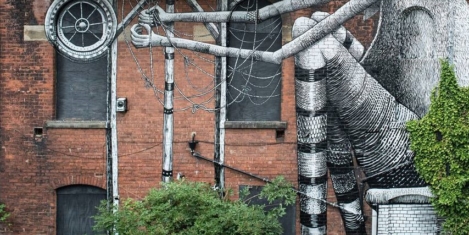
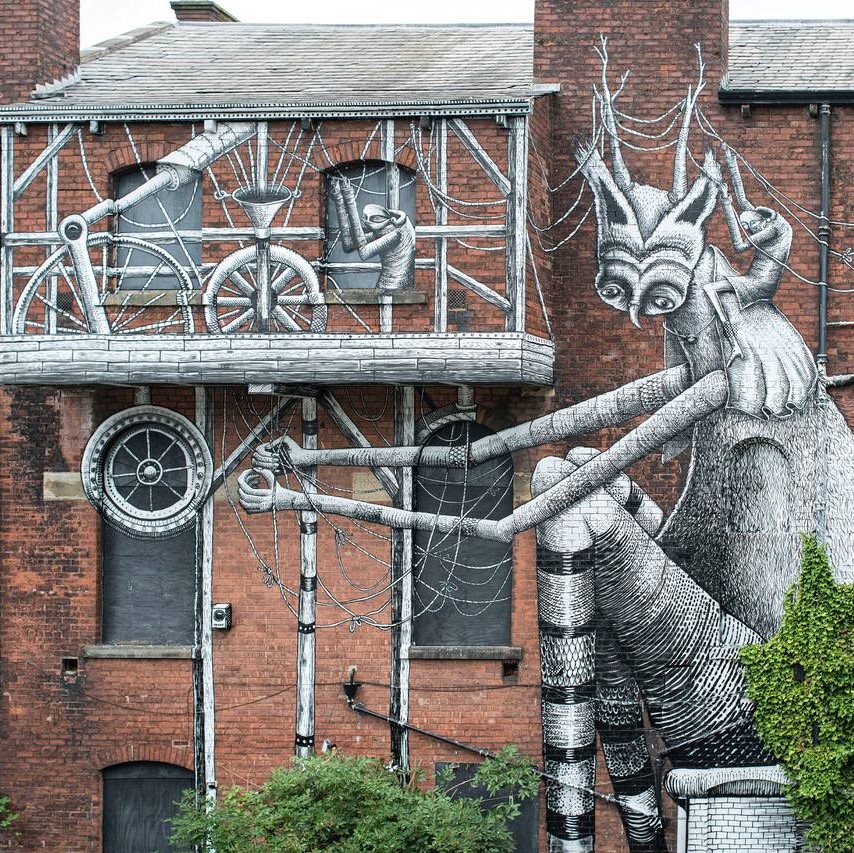




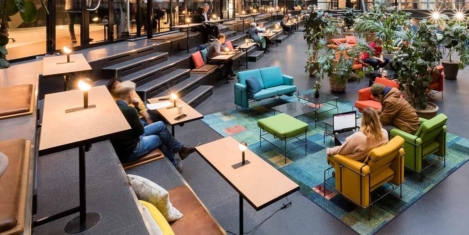
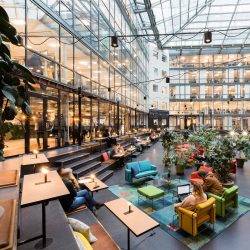




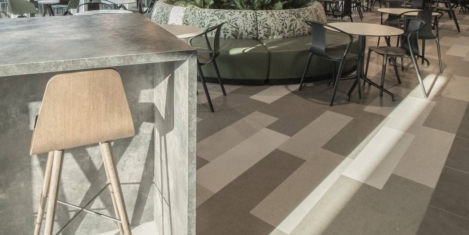
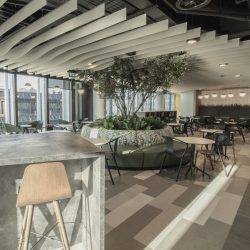
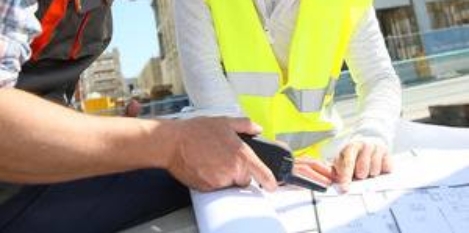
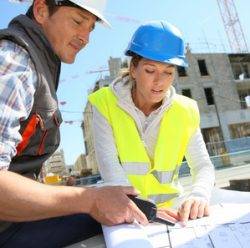











October 29, 2019
Workplace values matter more than career progression to young dads
by Han Son Lee • Comment, Flexible working, Wellbeing